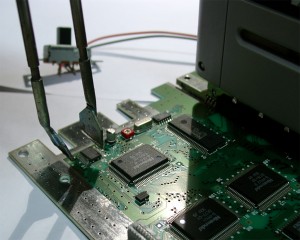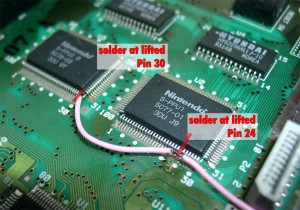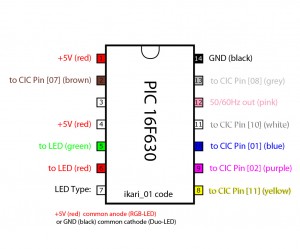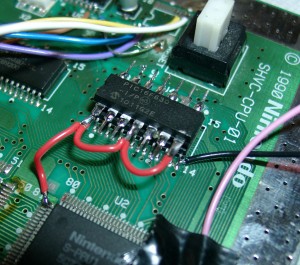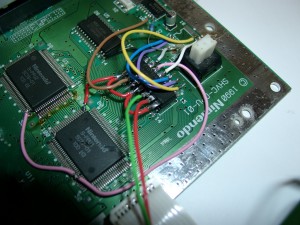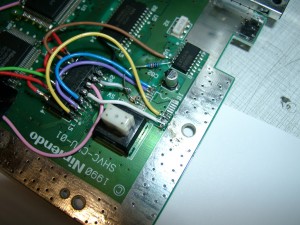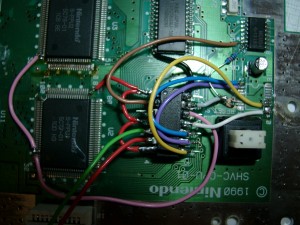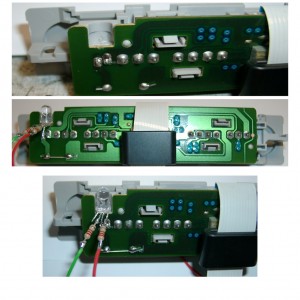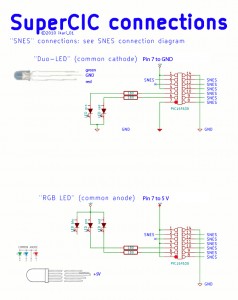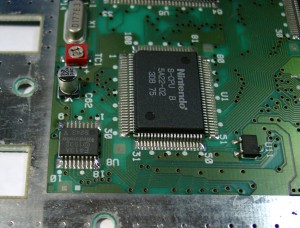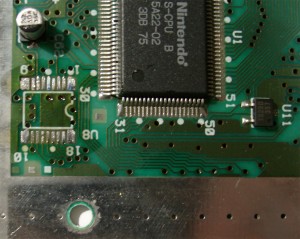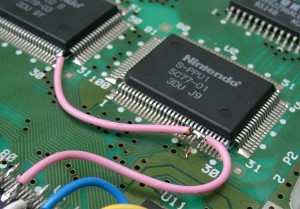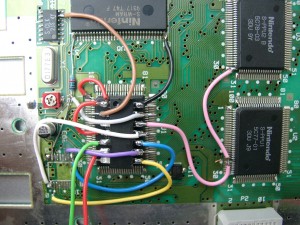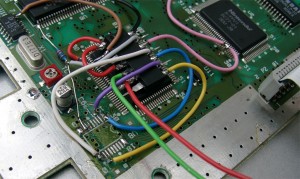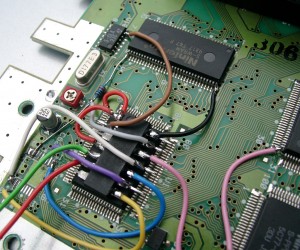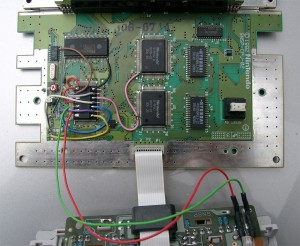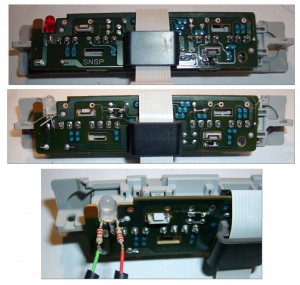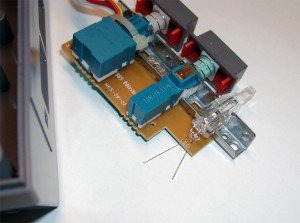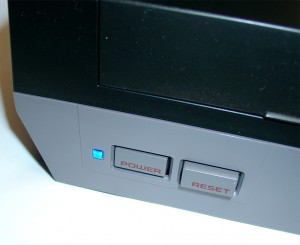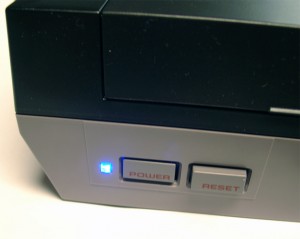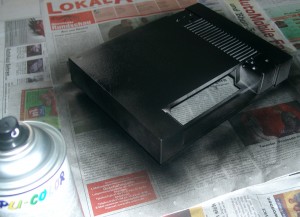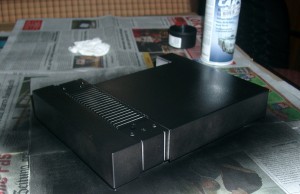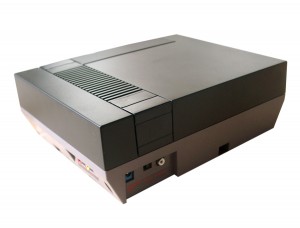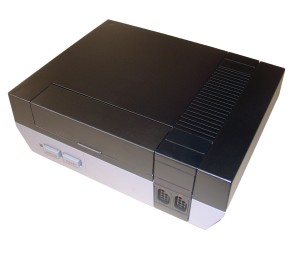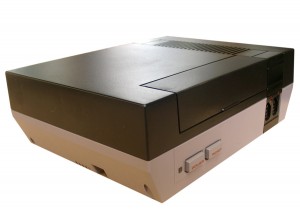Thanks to Maximilian Rehkopf alias ikari_01 we can proudly present a new switchless Mod for the SNES.
Today I am using a japanese SNES. It works with a USA SNES too. It has the same layout.
Here you can find more information:
http://www.circuit-board.de/forum/viewtopic.php?f=21&t=1896&start=63 (german)
http://nesdev.parodius.com/bbs/viewtopic.php?p=61236#61236 (english)
The mod is using a PIC 16F630 with the following code: supercic
There are two ways to get the new CIC working.
a) with original CIC still onboard
To get the supercic working you have to lift the following pins of the original CIC.
Pin 1,2,10 and 11
b) removing the original CIC and add a 10k from Pin 8 to GND.
I will make use of way b) here:
Remove the original CIC (here you can see some pictures of a PAL SNES.
Its the same at the japanese/USA SNES.
The usual 50/60Hz Pins:
You have to lift PPU2 Pin 30 and lift PPU1 Pin 24 and wire it together to Pin 12 @Pic12f630.
The Console is set to 60Hz if you set both Pins to GND
The Console is set to 50Hz if you set both Pins to 5V
Here you can see the wiring of the pic with ikari_01 Code:
First we have to put some 5V at the PIC.
You can set the PIC into 2 Modes
a) Pin 4 to 5V (I used this Mode, see the red wire)
b) Pin 4 to GND
And please set Pin 7 To 5V (PIC is set to RGB-LED Mode (common anode).
Take 5V From the Pin 81 of the nearby IC
some pictures of more wiring
To do the LED Mod you have to remove the original LED at the controller port.
You can shortcut the original Resistor of the LED, if you want the full power of the RGB-LED ![]()
With a RGB Led you can choose 2 of the 3 colors you wish. I am using the normal colors red and green.
You can use two different LEDs:
a) a Duo-Led with common cathode (GND)
You have to set Pin 7 of the PIC16F630 to GND
b) a RGB-Led with common anode (plus)
Look here for a picture:
Some Info about the usage of the superCIC.
You can change between 50/60Hz and Auto Function by pressing the Reset Button for longer as around 0,5 sec. The current Status is shown by the DUO-LED. (red=60Hz, green 50Hz, orange=Auto).
After releasing the Reset Button the mode will be active. The SNES will not reset at this moment.
a) 50Hz Mode is active (green)
If you insert a PAL-Game, it will start with 50Hz
If you insert a NTSC-Game, it will start with 50Hz (if Pin 4 is set GND)
If you insert a NTSC-Game, it will start with 60Hz and switches to 50Hz after 9 sec. (if Pin 4 is set 5V)
If you insert a Game without CIC, it will start with 50Hz
b) 60Hz Mode is actice (red)
If you insert a NTSC-Game, it will start with 60Hz
If you insert a PAL-Game, it will start with 60Hz (if Pin 4 is set GND)
If you insert a PAL-Game, it will start with 50Hz and switches to 60Hz after 9 sec. (if Pin 4 is set 5V)
If you insert a Game without CIC, it will start with 60Hz
c) Auto Mode is actice (orange)
starting the Game in its native frequence.
If you insert a NTSC-Game, it will start with 60Hz
If you insert a PAL-Game, it will start with 50Hz
If you insert a Game without CIC, it will start with 60Hz
Here you can see a video, how the switching is working:
Here you can see a US-Unit with a RGB Led using blau and red part of the LED:
